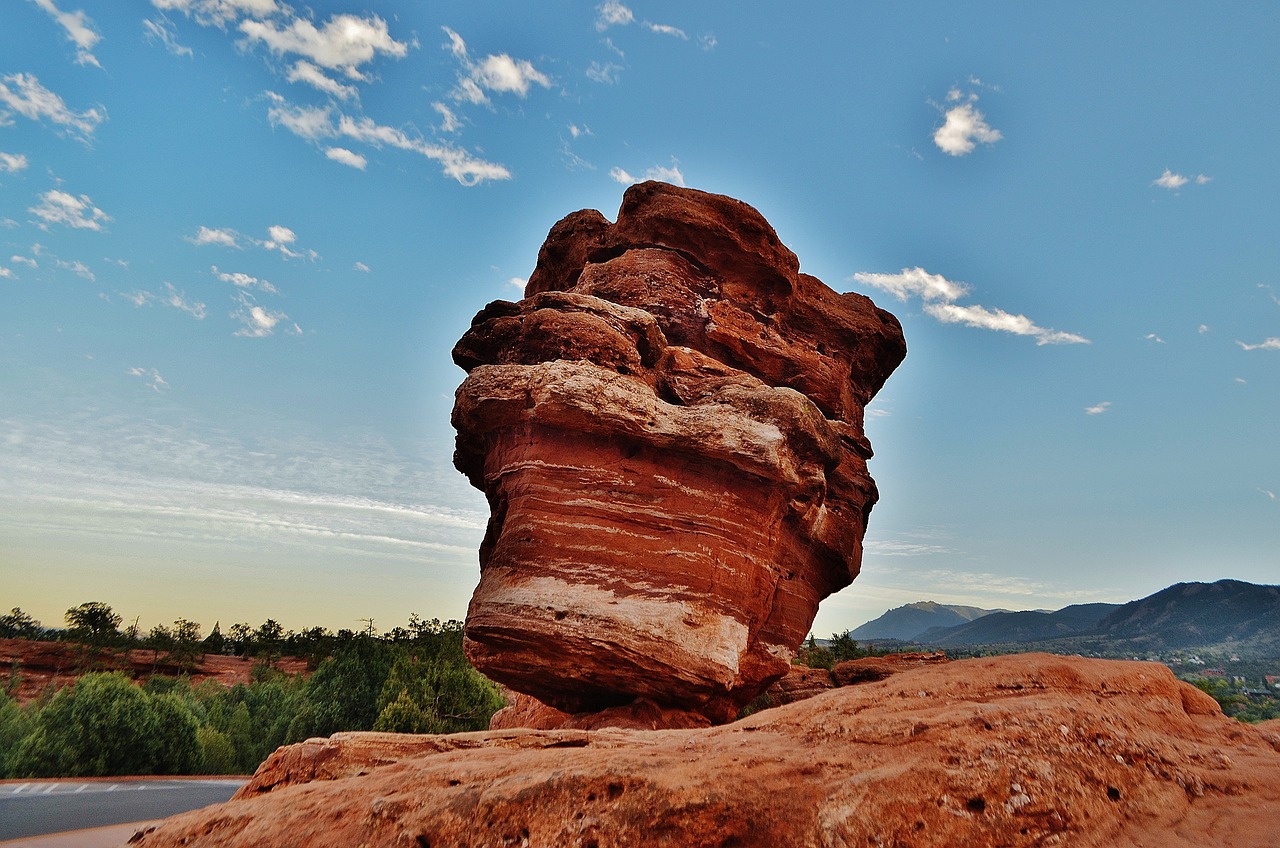Why did the buildup of oxygen take so long?
The geological time scale shows that it took more than a billion years for oxygen to build up in Earth’s atmosphere. Given that Earth was probably home to enormous numbers of microbes that could produce oxygen through photosynthesis, what took so long? The answer is thought to be this: For a very long time, chemical processes removed oxygen from the air as quickly or almost as quickly as the microbes could make it.
Of course, that might make you wonder what chemical process removed all that oxygen from the air. The answer is essentially rusting, in which oxygen reacts and combines with iron in rocks. Recall that this process explains the red colors of many rocks (see Figure 5.2.2–4).
In other words, photosynthesis may have begun producing oxygen quite early in Earth’s history, perhaps as early as 3.5 billion years ago or more. However, for hundreds of millions of years the oxygen was removed as quickly as it was made. Eventually, much of the rock on Earth’s surface had already “rusted,” and at that point — which is the beginning of the “buildup of oxygen” on the geological time line — oxygen could start to accumulate in the atmosphere. Even then, however, the processes of plate tectonics kept bringing up new rock that hadn’t yet been exposed to oxygen, so it took quite a while for oxygen to build up to a significant level.
